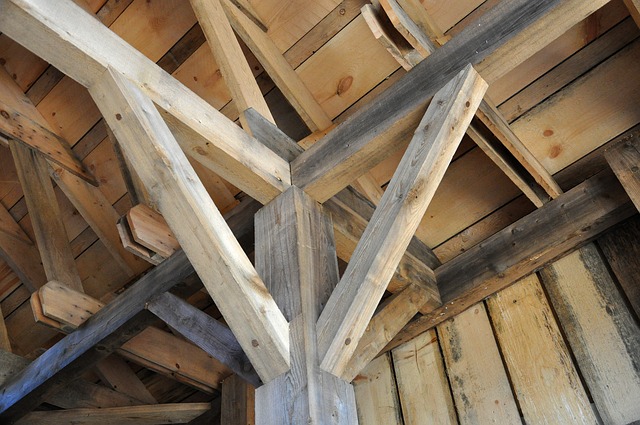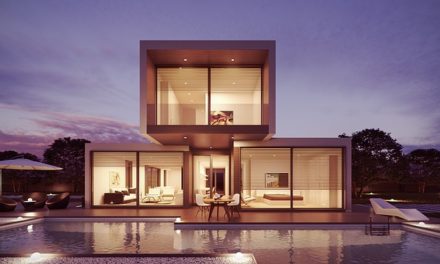
If you’re attempting to build your first home or simply just curious like I was, you might have been wondering exactly what kind of lumber you should use for the beam in your home. After all, the type of timber that you use has a massive effect on the structural integrity of a timber building.
Typically the type of wood used in Timber Beams depends on the contractor and the area the structure is being built. However, LVL (laminated Veneer Lumber) is fast becoming the go-to choice for builders.
How strong are wooden beams?
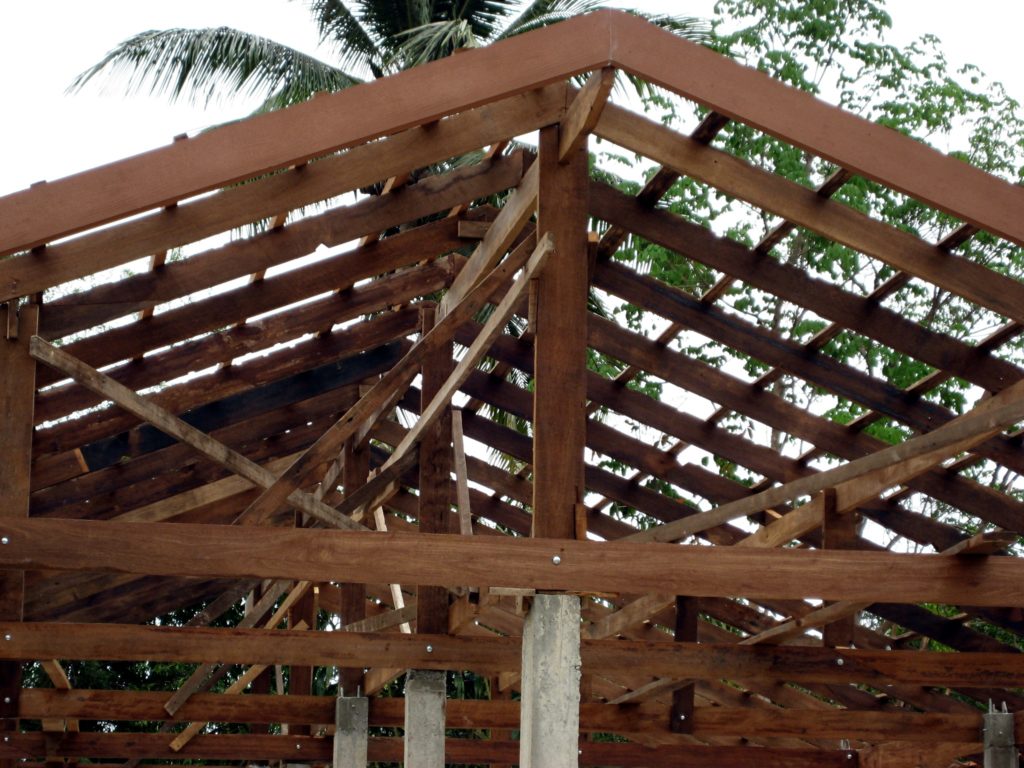
How strong wooden beams are depends on a lot of factors from the length, wood type to the width of the beam itself. Luckily Cornell University has a handy calculator to get an estimate.
If you want to check out the calculator to get an idea of what type of a beam you need to buy, click HERE to go Cornell’s strength calculator
The type of wood that has the overall best strength to cost ratio is typically oak. Oak is used often in construction overseas in building throughout Europe and eastern Canada for building wood frames since it is so readily available. Overall their availability is declining due to difficulties in finding a quality supply in appropriate sizes.
Wood Commonly Used For Support Beams
- Yellow Birch
- Douglas Fir
- Western Larch
- Red Maple
- Black Oak
- Eastern White Pine
- Redwood
- LVL (laminated Veneer Lumber)
Are wooden beams sustainable?
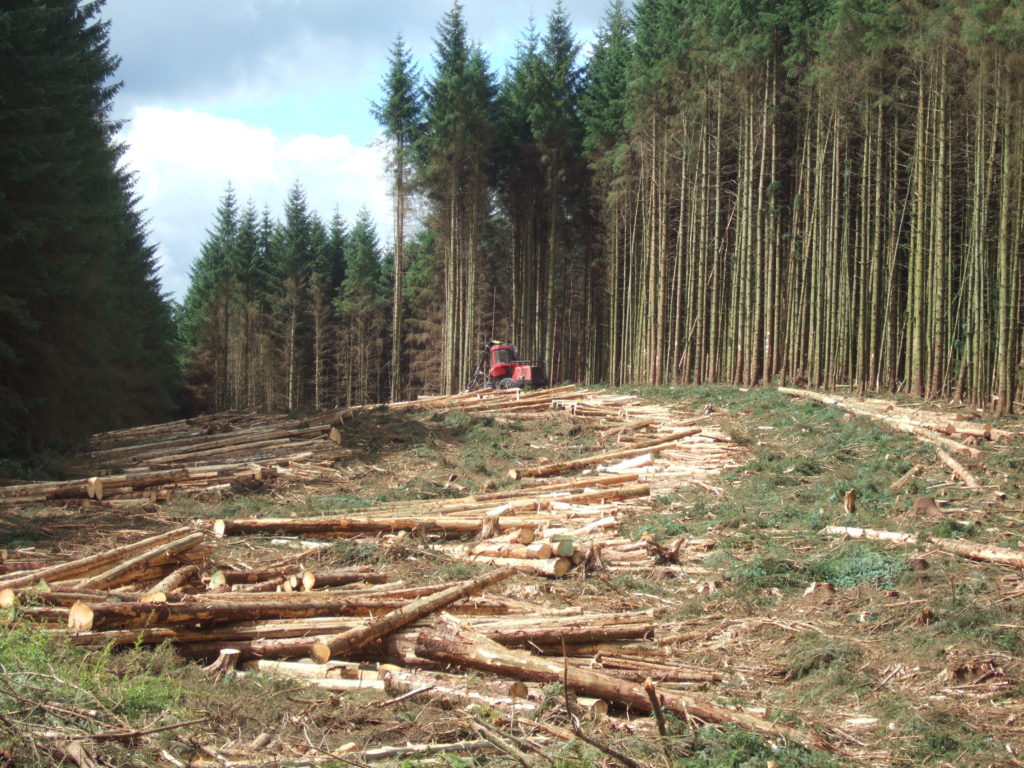
The answer to this question is both a yes and no. Across the entire planet, there is a net loss of forest happening. Certain countries are putting forward resources and are building infrastructure and are succeeding in creating forested land or at least at a stable level.
Timber construction has been around since the beginning however its even more prevalent than ever. The scientific community estimates that using wood as a building material substitute instead of relying solely on massive amounts of concrete could save “14 to 31 percent of global CO2 emissions.
This would only be possible by utilizing 34 -100 percent of the world’s sustainable wood growth.
The way building with wood reduces our carbon footprint happens in a few different ways. One, wood is a renewable resource. You can plant a new forest or acreage of trees. The second is that trees act as a kind of natural battery of sorts. It is well known that trees absorb carbon dioxide from our atmosphere.
When you cut down the tree, carbon is stored inside the wood and is prevented from reentering the atmosphere. The is, however, a lot of speculation over exactly how much carbon is stored inside of the wood.
Standard SPF Lumber (Spruce, Pine, Fir)

SPF lumber is a group of Canadian Spruces, Pines, and Firs that grow all over Canada. These specific species of timber all create wood with small tight knots.
Generally, Western SPF lumber is available is increased sizes than their eastern counterparts.
This is primarily due to the climate where the timber is grown. The Eastern SPF timber trees are slow at developing but have excellent strength qualities.
The reason why SPF timber species are so important is that they are what a majority of homes are framed with. It is so popular because of its extremely competitive market prices and the high strength to weight ratio.
Additionally, wood frame timber construction is easy to insulate to a value greater than +RSI 2.62. RSI in stands for R-value systeme International and is a way of measuring heat loss.
Western SPF Species
- White Spruce (Picea Glauca)
- Engelmann Spruce (Picea Engelmanni)
- Lodgepole Pine (Pinus Contorta)
- Alpine Fir (Abies Lasiocarpa)
Eastern SPF Species
- Black Spruce (Picea Mariana)
- Red Spruce (Picea Rubens)
- White Spruce (Picea Glauca)
- Jack Pine (Pinus Banksiana)
- Balsam Fir (Abies Balsamea)
What are the most popular timber species?
- Douglas Fir
- Eastern White Pine
- Western Red Cedar
- White Oak
- Bald Cypress
Cost of wooden beams (Linear Ft)
Below are example prices that I have found that reference the different types of timber beams. The price of beams varies greatly for obvious reasons. These prices are for non-decorative or reclaimed beams.
Size of Sample Beam = 4’x4’x8′-16′
- Eastern White Pine = $1.40/lf
- Western Red Cedar = $5.28/lf
- Douglas Fir = $3.59/lf
If you want to check out the full list of sample prices, Check out Twincreeksloghomes.com!
Twin Creeks has a full price list on their site that should give you an idea as to what the cost of your timber will run you.
Engineered Lumber

Engineered wood is man-made wood created by combining the strands, particles or fibers together with different types of adhesives.
The most common type of engineered lumber used in timber construction homes is plywood.
Plywood is a collection of thin layers of wood glued together with adhesives. each layer is rotated up to 90 degrees from each other.
The reason why they rotate the layers is that they want to cross grain. the reason why they want to cross grain the wood is for a few reasons: for one, when you cross grain wood it makes the tendency for the wood to split when nailed in at the edges greatly reduced; it diminishes growth and shrinkage and makes the overall strength of the piece consistent from all directions.
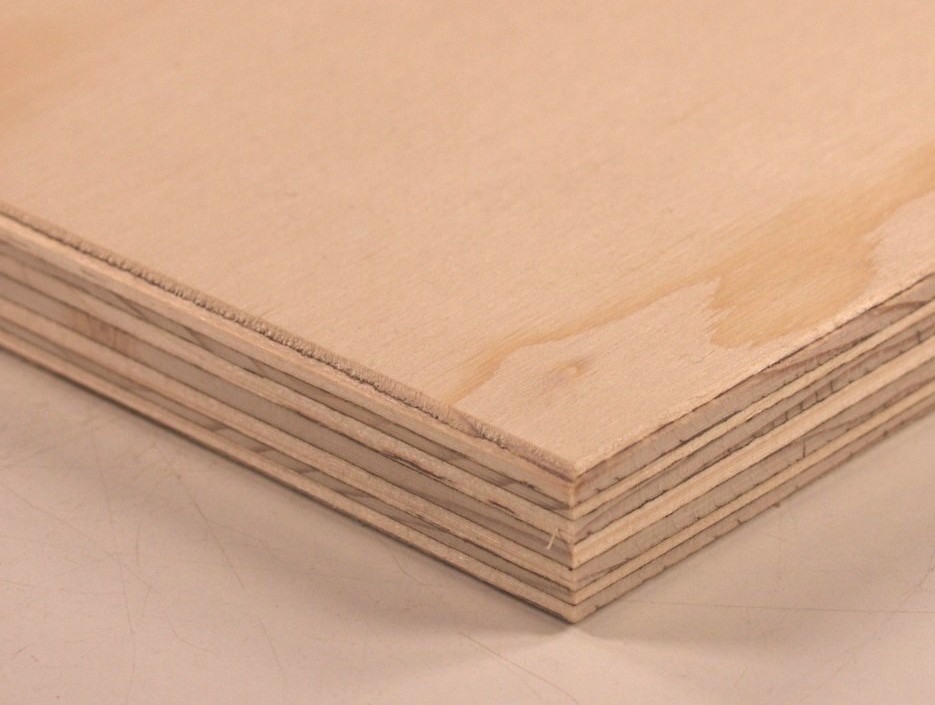
Glulam
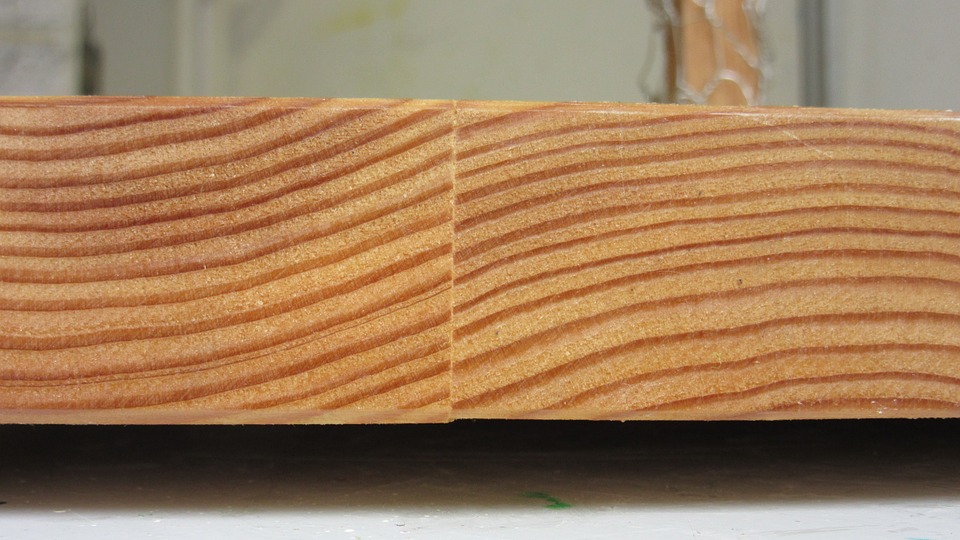
The name Glulam is a name derived from the abbreviated term Glue-laminated Timber.
Glulam lumber is put together using multiple layers of lumber kept together using a powerful adhesive to form one complete piece.
Units of Glulam are not only strong and cost-effective, but they are also easy to make since they don’t require a lot of resources. A common question people tend to ask when inquiring about Glulam pieces is “how strong are they?”
If you make a direct comparison with steel and concrete that have similar beam sizes, Glulam has approximately 1.5 – 2 times the strength-weight ratio of steel.
Typically all pieces of timber that are glued together are collectively referred to as Glulam lumber.
Another extremely popular product category that utilizes adhesive to glue timber together is engineered lumber. Typically, the most commonly known pieces of engineered lumber are:
- Plywood
- Oriented Strandboard
- Laminated Veneer Lumber
One of the earliest known buildings to utilize Glulam methods is the assembly room of King Edward VI College. The building dates all the way back to 1866 and was designed by Josiah George Poole.
Flitch Beam

Why should you use flitch beams?
Most Often, flitch beams are used to reinforce unsafe timber beams. A steel plate is placed between two timber beams and bolted together to secure the piece.
The reason why people generally use Flitch beams comes down to three main reasons. Those reasons are:
- Increase Strength
- Reduce Cost
- Provide adaptability
Another reason why flitch beams are commonly used is that they can be utilized cost-effectively. A flitch beam is used commonly in restoration projects because you can use the beams that are already present.
If you’re wondering how to calculate the size of a flitch beam that you’re going to need, there is a readily available method. The way you calculate the size is by using the transformed-section method.
Box Beam
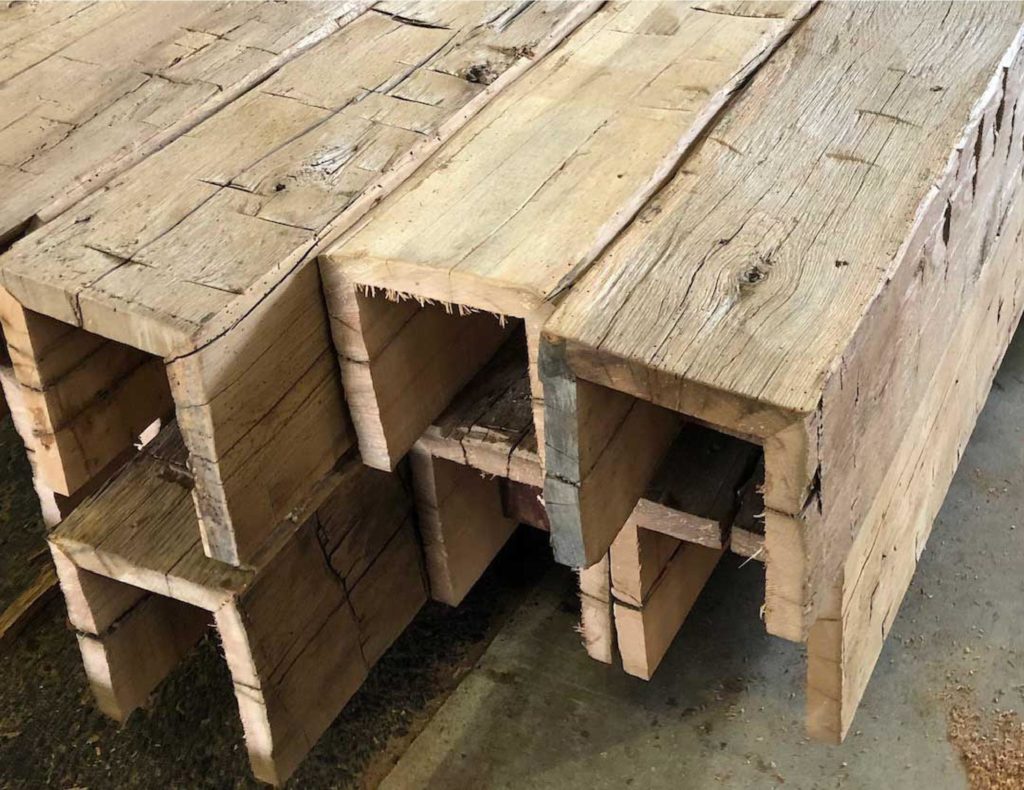
Once and a while the desire or need comes up for a box beam.
A box beam is a three-sided wood beam made to look like a solid, large piece of wood.
One of the main reasons homes utilize box beams is for simple economic reasons. The cost to purchase large, solid, straight/smooth grain dry timber is very expensive.
For this reason, box beams are a perfect solution to give your home the appearance of large solid beams without breaking the bank.
An interesting idea surrounding box beams is to utilize reclaimed wood to make beautiful beams. You can find the wood from old bars that are being torn down or old establishments that are going through heavy renovations.
A few reputable companies have mastered the art of creating beautiful looking box beams.
Dingewood Box beams are an outfit that specializes in Box Beams. If your interested in acquiring some for your home, check them out. You can go to their website by clicking HERE to find out more information.
Bond Beam
What is a Bond Beam?
A bond beam is a sideways structural element. They usually show up in stone/masonry work.
The reason why bond beams are utilized in construction is to create horizontal power to a wall/barrier where it could otherwise be held/supported by a floor or roof.
The largest benefit to using a bond beam is that they blend in really well with masonry work.
A secondary benefit to using bond beams is that they are very efficient for crack control.

